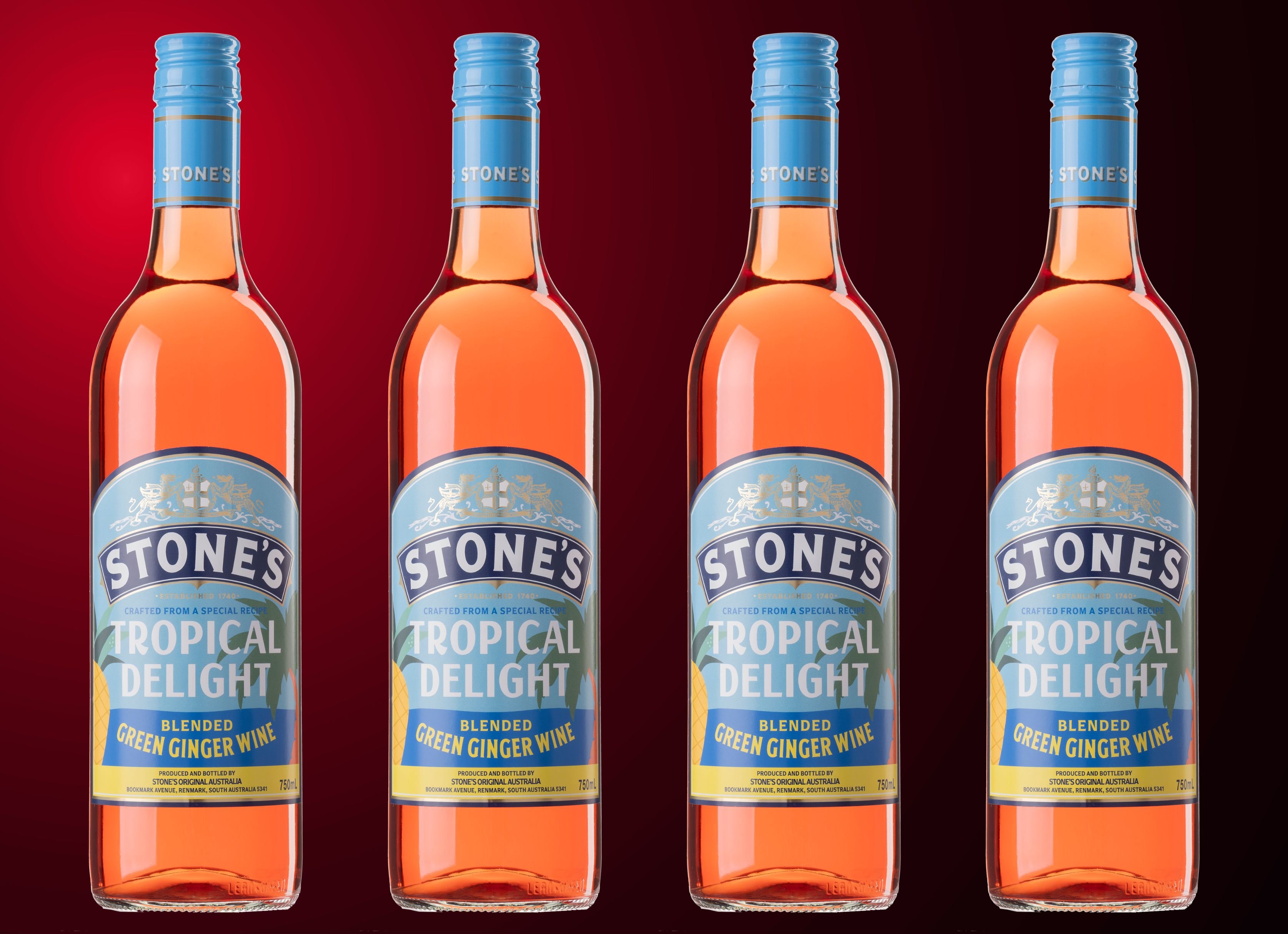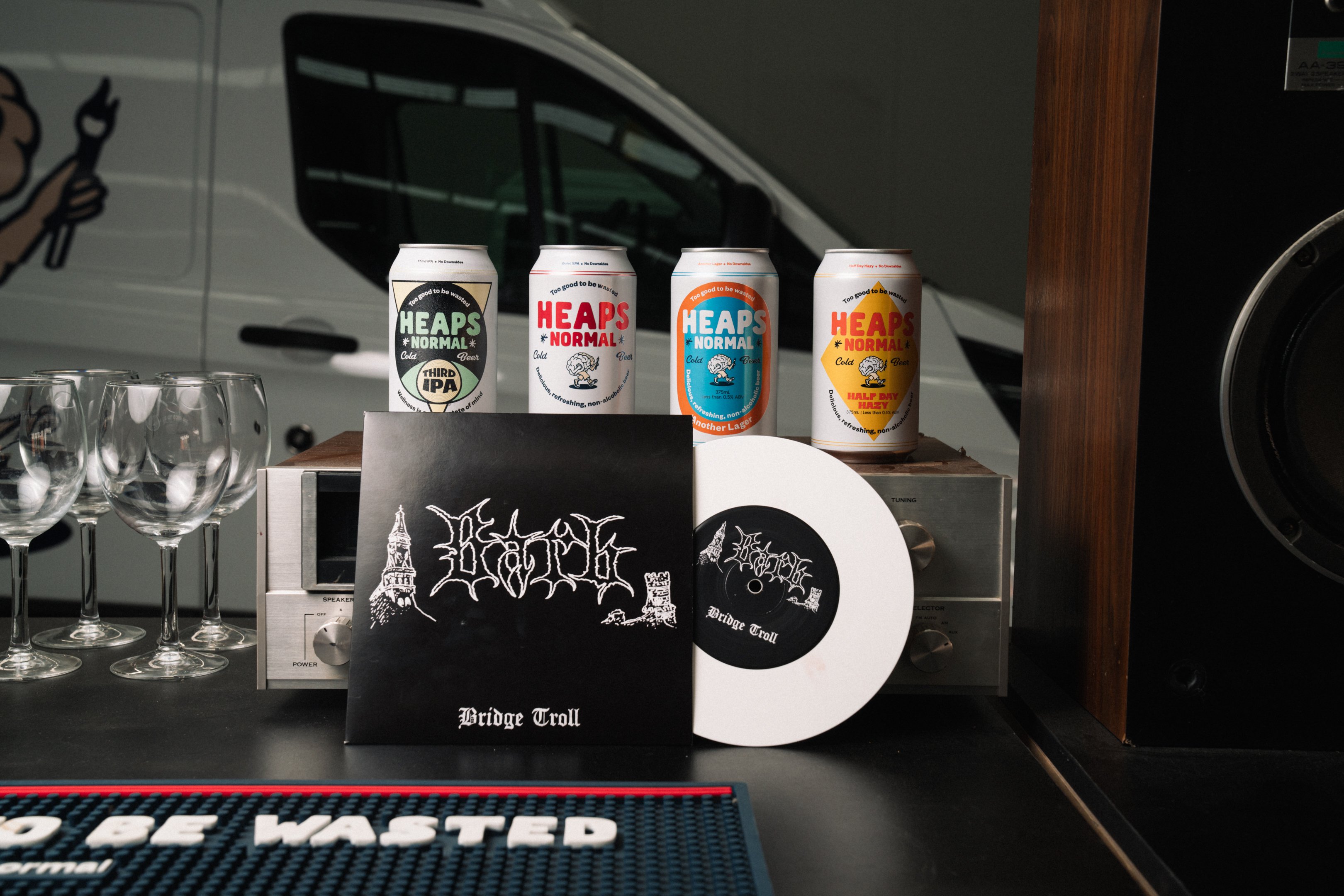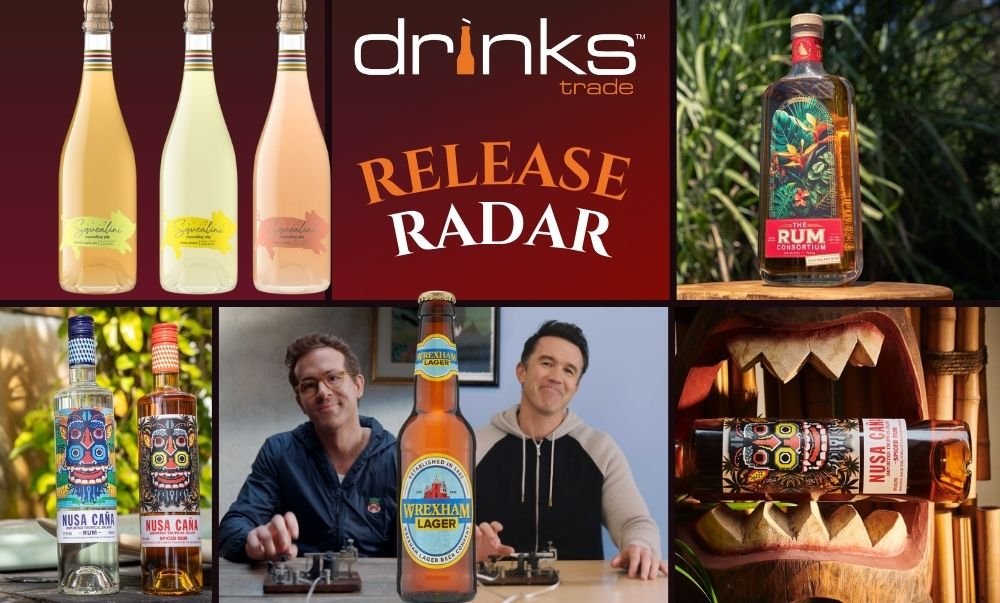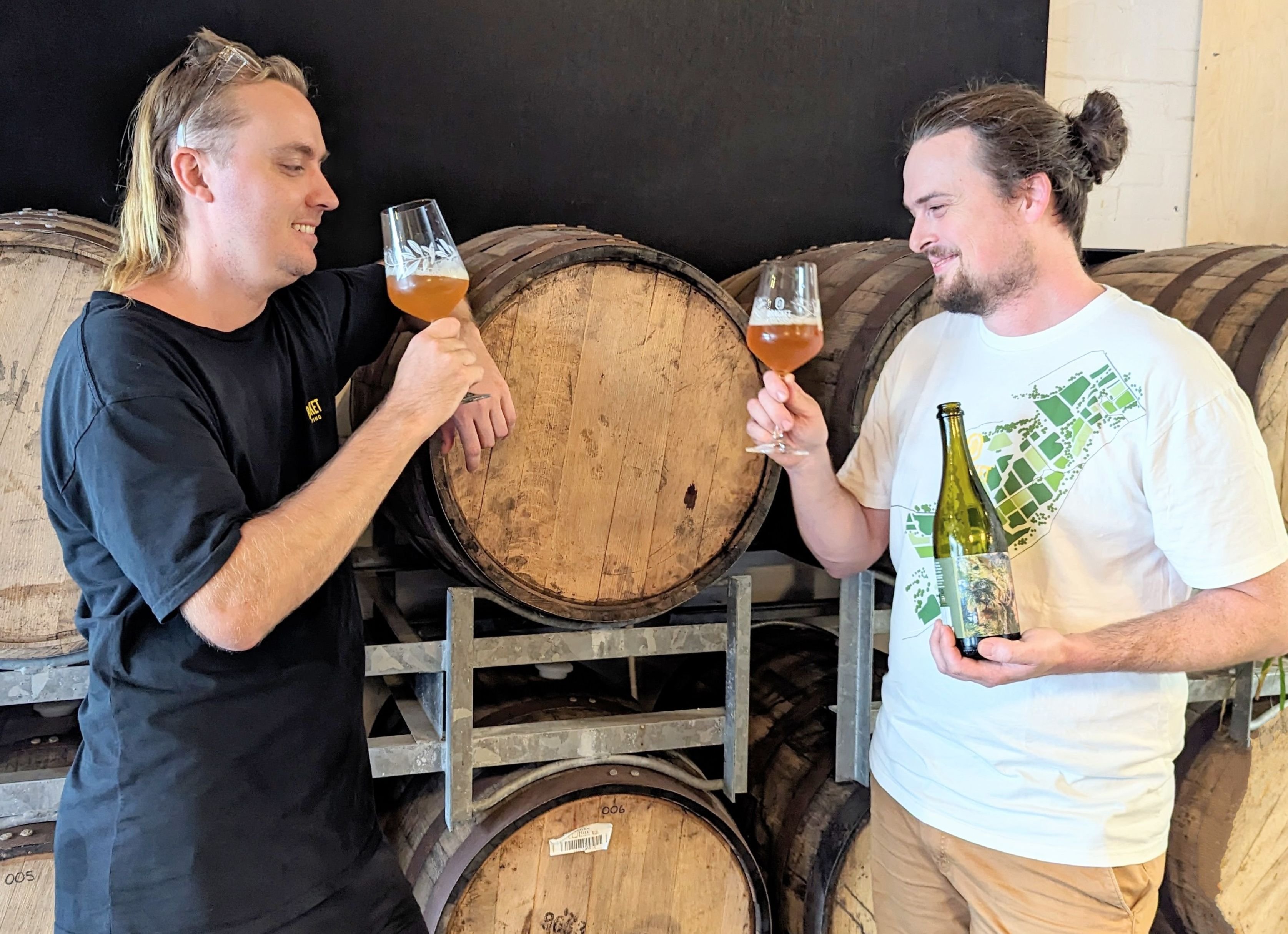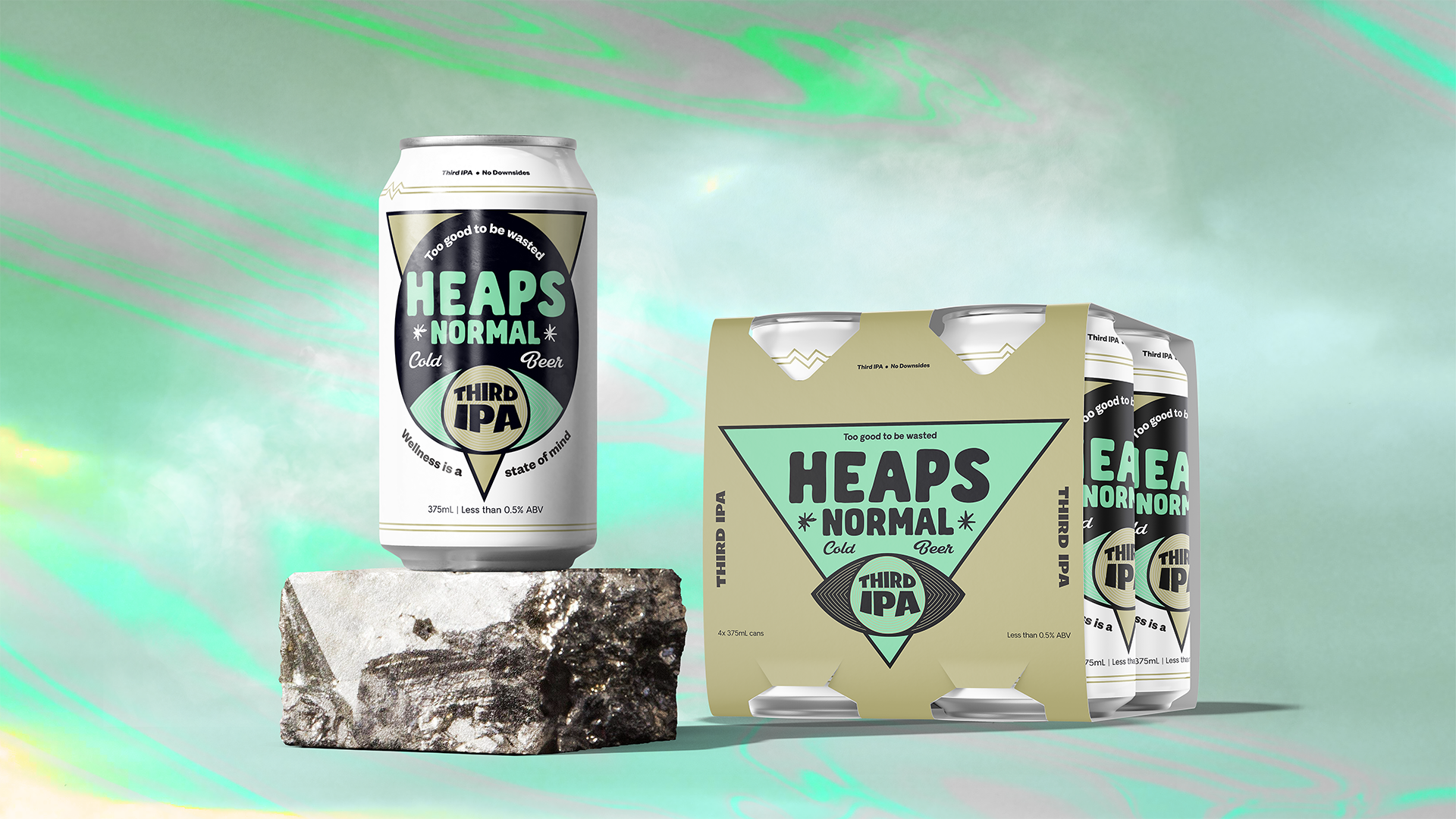Communicating information on sugar, preservatives, calorie (kilojoule) and carbohydrate content, the added labelling represents the first stage of a long-term program designed to combat common consumer myths about beer.
The program, headlined as “Beer the Beautiful Truth”, will take a number of steps to reinforce positive facts about beer, with hopes of promoting the category as a whole.
Matt Tapper, National Marketing Director for Lion, explained the program’s plans:
“You might consider ‘Beer The Beautiful Truth’ as a story to be told across a number of chapters. In chapter one we are telling the story on the labels for the beers that are 100% owned by the Australian business. The remainder of the dialogue will be continued over the coming months and years, and as it unfolds we will further roll out with our international partners. We feel confident that they will be supportive,” he told drinks bulletin exclusively.
"In following chapters, you’ll see a significant campaign, outdoor and point-of-sale materials in hotels, clubs and bottle shops— all starting in November. And of course there’s the website; beerthebeautifultruth.com, which will contain all the nutritional and ingredient information.”
James Brindley, Managing Director of Lion’s Australian beer business, believes that as one of Australia’s leading brewers, Lion should take a leadership role in revitalising the beer category.
“Despite the fact beer is still the drink of choice for most Australians, consumer knowledge of how it is made and what is in it is pretty patchy. Most people think beer is full of sugar and preservatives, when in actual fact our wholly-owned Australian beers are preservative-free and most are on average 99.9% sugar-free.
“We believe busting these myths and educating the public about beer is a critical step in reinvigorating the category, and one that will have flow on benefits across the industry. Beer is still the number one foot traffic driver to retail outlets and beer shoppers represent a high proportion of all liquor shoppers.”
The voluntarily added panel, which will sit alongside the required standard drinks and pregnancy messaging, was a choice informed by consumer research undertaken by the company.
Information gathered by Lion and independent advisories uncovered 87 percent of Aussies were not aware of what goes into beer and 73 percent wanted more information on the beers they drink. [FiftyFive Five on behalf of Lion (October 2013) with 962 adults aged 18-75, Galaxy Research on behalf of Lion (January 2015) with 1,001 respondents aged 18-64.]
“Shoppers who know more about beer spend more on average than those with little beer knowledge, so there is a clear benefit for our customers in improving understanding of the category as a whole,” Brindley continued.
“We recognise changing perceptions of beer will take time, and Lion is committed to this campaign for the long term.”
The initiative is the first of its scale in Australia and will commence from August 2015, with a dedicated communications plan to broaden drinkers’ knowledge following from November.
The new labelling will initially roll out on Lion’s biggest beer brands, including XXXX, Tooheys, Hahn, James Squire, as well as a number of smaller brands — together covering more than 90 per cent of the brewer’s total owned beer volume.
The remaining wholly-owned Australian beers will be updated over the coming months.
“Rest assured, this is about providing the facts about our beers, not about changing the beers themselves,” finishes Brindley.
“We believe labelling transparency is not only an important first step in educating people about beer, but also in supporting them to make more informed choices about what and how they choose to drink.”
Catherine Saxelby, a leading dietician referenced by Lion, further believes that the voluntary introduction of nutritional information labelling on beer is a positive step for the Australian alcohol industry.
“Adults are becoming more aware of how important it is to read nutritional labels on food, but they often forget to consider that drinking alcohol can also impact their daily nutrition intake.
“It’s not uncommon for people to underestimate the number of calories in the drinks they consume, so having nutritional information on alcohol products will enable people to enjoy a drink, while still being mindful of how it can fit within a moderate healthy lifestyle.”
In total, over 887 million bottles produced from Lion each year are now expected to feature updated labelling in reference to the initiative, with public education on subject such as standard drinks measurement, the differences between beer styles and the beverage's place within Australian culture expected to be next on the program’s horizon.
Share the content

